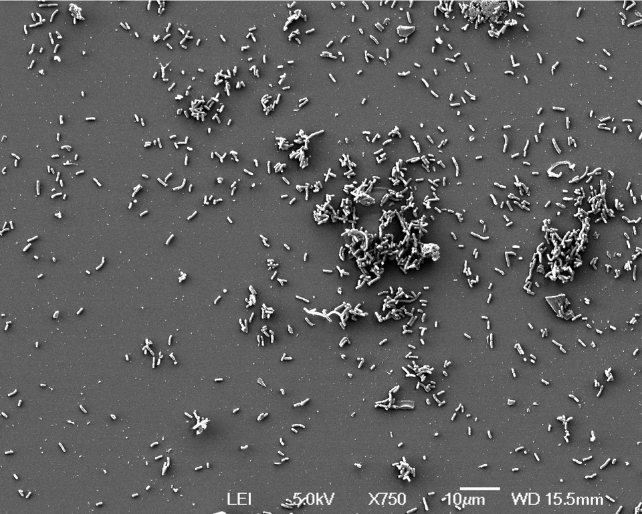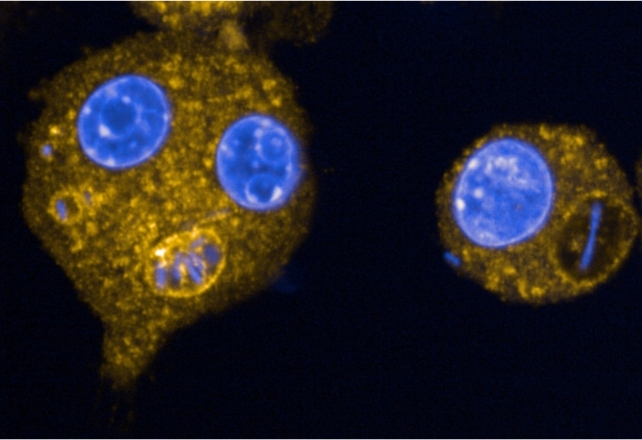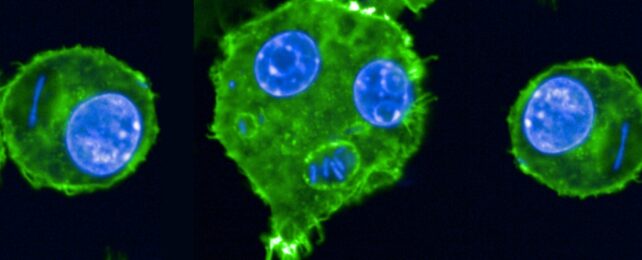The bacteria that cause the plague evolved to become less deadly over time, allowing it to continue infecting people in three separate pandemics over more than a thousand years, new research said Thursday.
The first pandemic – the plague of Justinian – struck in the 500s at the start of the Middle Ages and lasted for around 200 years.
The Black Death began in the mid-1300s and would become the deadliest pandemic in human history, killing up to half of the people in Europe, western Asia and Africa, with outbreaks continuing for centuries.
The third bubonic plague pandemic broke out in China in the 1850s and continues today, with some cases still being recorded in parts of Africa.
"The plague bacteria have a particular importance in the history of humanity, so it's important to know how these outbreaks spread," said Javier Pizarro-Cerda, a microbiologist at France's Pasteur Institute and co-author of the study published in the journal Science on Thursday.
The researchers examined samples of Yersinia pestis, the bacteria that cause the plague, dating back to each pandemic.

In all three cases, the genes of each plague bacteria evolved to become less virulent and less deadly over time, according to the study.
By causing less severe infections, the bacteria are thought to have extended the length of the pandemics because it gained more opportunities to spread between people.
The researchers confirmed this theory by infecting rats with recent plague samples, showing that the disease lasted longer when the virulence decreased.

While antibiotics can now effectively fight off the plague, the research could shine a light on how other pandemics might evolve.
"This allows us to gain a comprehensive understanding of how pathogens can adapt to different situations," Pizarro-Cerda said.
"We finally better understand what the plague is – and how we can develop measures to defend ourselves," he added.
